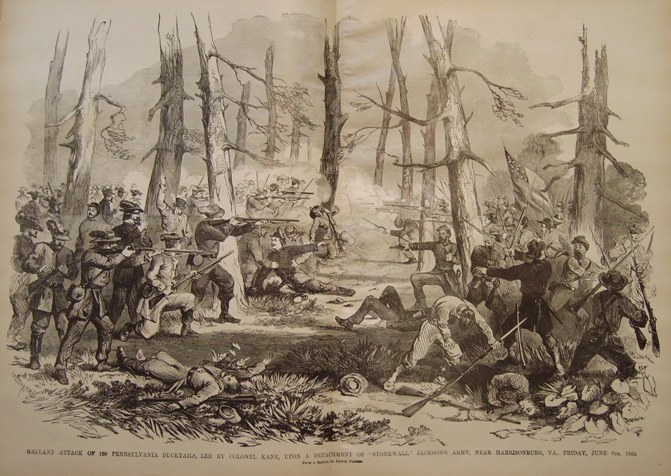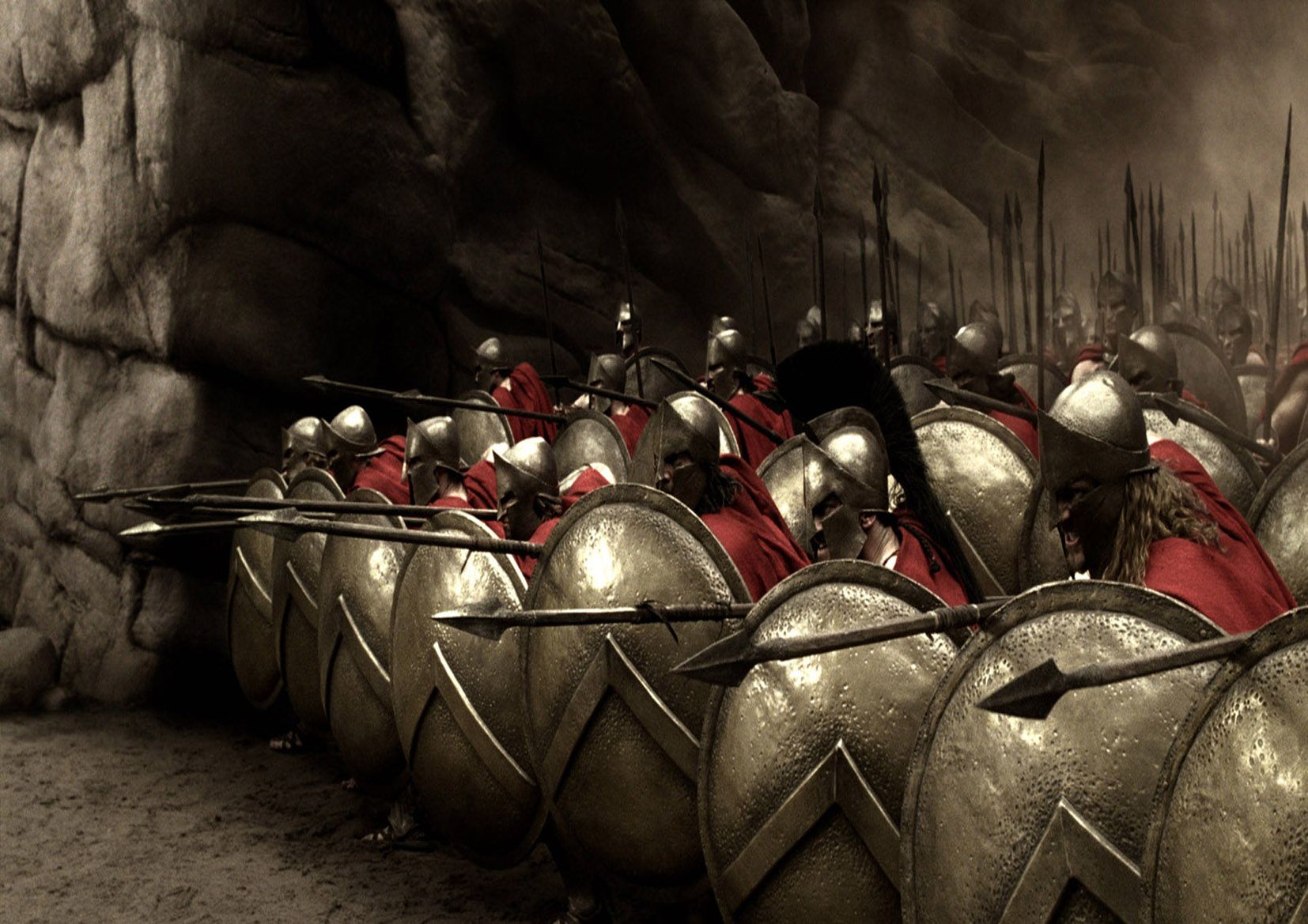A History of Conflict

Sometimes a picture is worth (so much) more than a thousand words. This year an enterprising team launched a website called conflicthistory.com. With a bespoke reverse engineering of Google Maps, they put together a content-dense historical heatmap of the world’s major conflicts past and present. It was an instant hit for professionals and curious netizens alike, its bird’s eye perspective allowing for broad insights and a deeper understanding of history’s mosaic.
Unfortunately, the site is no longer functional. The domain is still registered and data still extant, but its creators have not updated the program to stay compatible with the latest Java and Flash platforms.
I took some time to jot down a few cursory thoughts from the assorted data that I will reproduce here. (And if anyone knows of an equally useful, functioning equivalent, please do let me know.)
- War and violent conflict appear to be permanent fixtures of human (and pre-human) civilization.
- Cold-climate regions appear to exhibit less conflict. Canada, Greenland and Iceland are the territories least encumbered by conflict. It’s completely absent from these states in the last century, for example.
- The three primary catalysts for conflict throughout human history are access to natural resources, economic trade, and political and religious differences. Middle East conflict has revolved almost entirely around oil and religious and ethnic incongruities. Nations that trade with one another are far less likely to engage in economically devastating, mutually disadvantageous conflict.
- While there are high frequencies of western hemispheric wars concluding, the opposite is true for the majority of the eastern hemisphere. Regions such as the Middle East and Africa are no less emblazoned with conflict circles now than they were at the turn of the century. Can any of this be tied into Jared Diamond’s thesis of the environmental differences and disparities in terrain among African and Eurasian landmasses?
- No matter who you were, where you lived geographically, or what era of history you occupied, conflict and war affected you in some manner. The notion of world peace has never appeared so fleeting as it does in a single Google Maps graphic.
This was a seriously useful tool, and I’ve yet to find a replication that does it justice. Again, if anyone comes across a suitable replacement, do let me know in the comments below.



Comments